3 types of workouts to fight off seasonal depression
If you feel a bit blue during the winter months, you should read this blog and find out how working out can help you fight it off!
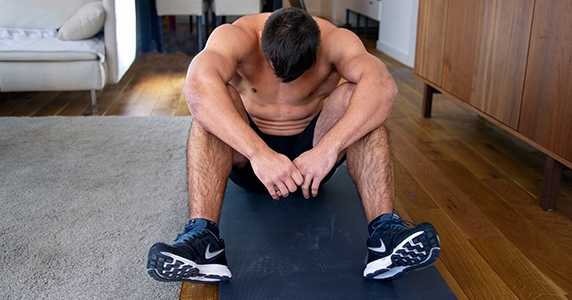
The weather is not the only thing that changes with the season. Our mood also varies, from good to bad. This switch is perfectly normal and usually starts with the coming of fall and continues into the winter.
Shorter and colder days, lack of sunlight and vegetation all contribute to developing a state called Seasonal Affective Disorder (SAD). It is a perfectly normal and common state. People who experience it feel demotivated, sometimes sad, and often feel a lack of energy during certain seasons.
If you recognize yourself in these sentences, you shouldn't be worried at all. However, you should consider what we offer as a solution to fight the seasonal depression.
Physical activity and its influence on physical and mental health are one of the most researched topics in exercise science. There are over 1,000 studies that look at the relationship between exercise and mood. These studies often suggest that various types of exercise can have a significantly good effect on our mental health.
If there is a lack of physical activity, your body will let you know sooner or later. In fact, exercising is so good for you that not only is it great prevention for a number of physical and mental problems, but it is also a cure for many.
Continue reading to find out what kind of workouts can help you battle those mood swings.
Resistance workouts
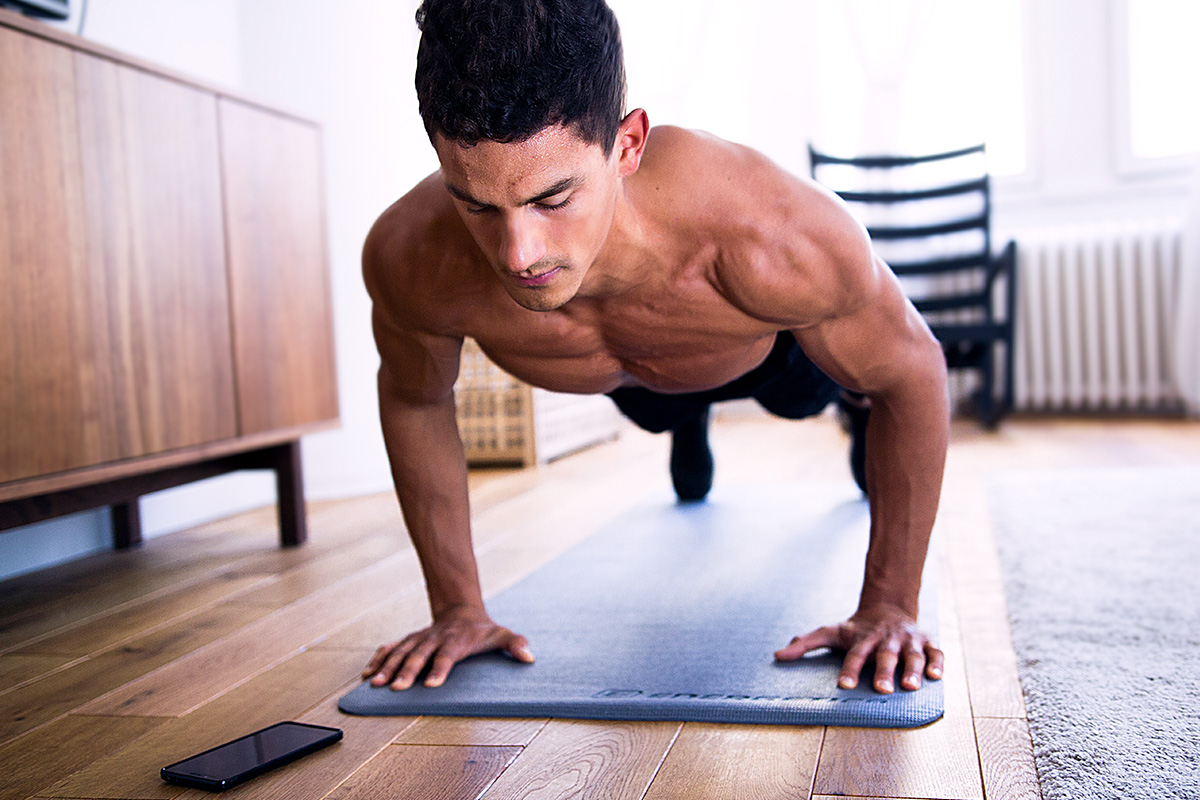
Resistance workouts refer to workouts that include a form of resistance during the movements and positions in the workout. This resistance can be external (weights) or our own bodyweight.
It has been proven that, along having many physical benefits (muscle gain, osteoporosis and diabetes prevention, etc), these types of workouts also have an antidepressant effect.
Research has shown that resistance exercises, along with higher intensity while performing them, were significantly related to the decrease of the depression symptoms. The higher the intensity, the better and more meaningful the change in mood is. This doesn't mean that you need to bench 120 kg to feel better but aim at doing around 70-80% of your maximum effort.
Also, there is something genuinely uplifting and motivating about seeing your muscles react to these kinds of exercises. Having a regular resistance training routine of 3-4 times a week often comes with a huge confidence boost that is more than a match for any mood swings you can have.
Check these workouts out. These are two full body workouts to activate the upper and lower body muscles.
4 rounds of:
12 Push ups
8 Pull ups
12 Squats
10 Lying leg raises
8 Bulgarian split squat(L, R)
30-sec pause between exercises, 60-sec pause between rounds
4 rounds of:
10 Wide push ups
30 sec Mountain climbers
12 Squats
30 sec Wall Sit
10 Chair dips
30-sec pause between exercises, 60-sec pause between rounds
HIIT

High-intensity interval training (HIIT) is a very popular type of a workout that mixes intervals of high and low-intensity exercises with a goal of sustaining a high heart and breath rate, during a usually short period of 5-15 minutes.
These kinds of workouts have been proven to improve respiratory fitness (the quality of taking in and transporting oxygen all over the body) as well as reducing oxidative stress and fatigue.
One of the best effects of high-intensity training is that it releases endorphins, so-called happiness hormones. This results in a post-exercise feel-good mood.
There is also the factor of not thinking about anything else when gasping for air and focusing purely on the main body functions, like moving and breathing. Nothing like the basic survival instinct at work to keep your mind off the bad thoughts.
All of the above reasons are why we suggest you give one of the two workouts you see below a try. These are great full body workouts that activate most of the muscles, increase the heart and breath rate, and burn a lot of calories.
4 rounds of:
30 sec Jumping jacks
14 Alternating Lunges
30 sec Mountain Climbers
12 Push ups
16 Heel touch crunches
15-sec pause between exercises, 30-sec pause between rounds
4 rounds of:
30 sec Burpees
10 Push ups
10 Squat jumps
20 Crunches
30 sec High knees
15-sec pause between exercises, 30-sec pause between rounds
Cardio

Cardio workouts refer to low-intensity exercise sustained over a longer period of time. It's typically considered to be an effective type of physical activity for improving cardiovascular health as well as increasing overall well being.
Research has shown evidence of mitochondrial dysfunction and oxidative stress in individuals with mood-related disorders. The mitochondria regulate energy production in the body and help generate ATP (energy-rich chemical needed for physical activity). Oxidative stress is caused by chemicals in our bodies that are a byproduct of the healthy metabolism of oxygen. These byproducts, if unregulated, can cause damage to cell structures in our bodies.
This means that being in a state of constant bad mood can actually be bad for your body. However, cardio workouts can improve the number and the function of mitochondria.
Cardio exercise can also influence neurological processes in our bodies. This results in higher efficiency and plasticity (the ability of the brain to alter its structure and function) of the brain. Simply put, you start to feel better.
Most often mentioned cardio activities in research are jogging/running, walking, aerobic training with an instructor, and cycling (outdoors and stationary). These are all activities that cyclically repeat the same body movement, and this is what has been proposed as having a sort of meditation/relaxation effect on us.
It is advised to have 2-3 sessions per week of 30-45 minutes per session of cardio activity.
TAKEAWAY:
At the end of the day, it's important to do workouts you enjoy doing for any number of reasons (health, aesthetics, fun, socialization, etc). There is no doubt your body will respond positively to any of the mentioned types of workouts. The way we feel and function physically is closely related to our state of mind and our overall mood. Just allow your body to do what it does naturally, to move, and achieve both physical and mental wellbeing.

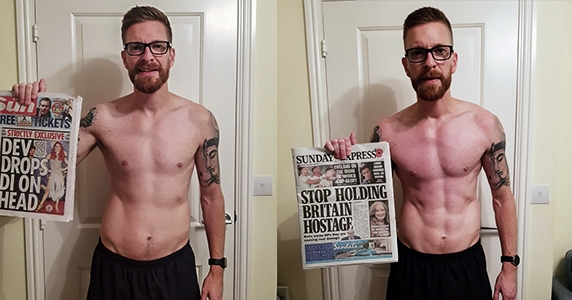
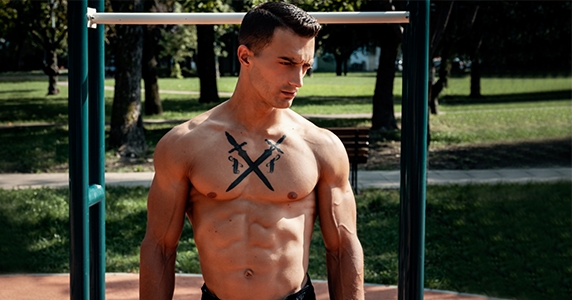
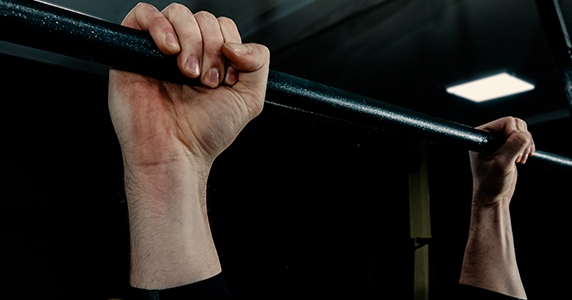
Post a comment